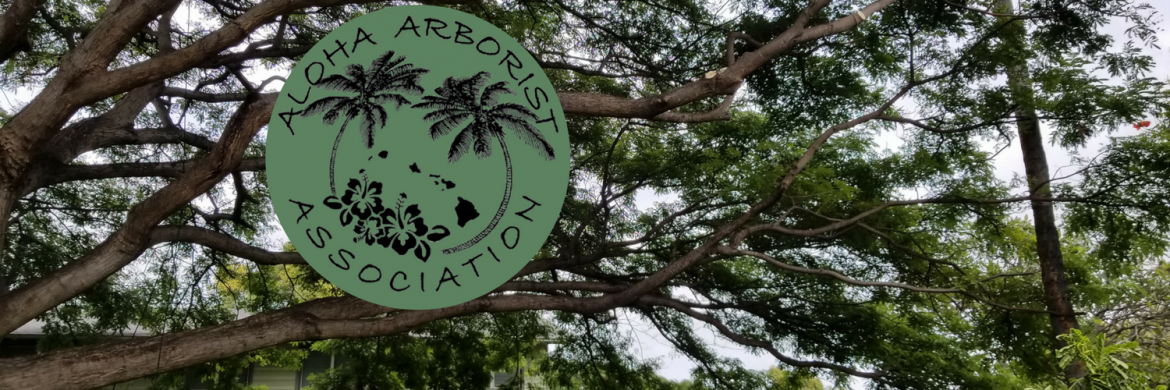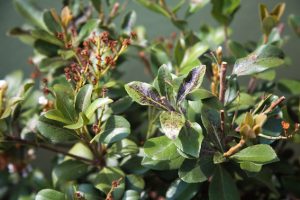Pest of the Month –
Chilli Thrips (Scirtothrips dorsalis)
Description: Chilli thrips is a polyphagous species found in Oahu in 1987. Mature chilli thrips are less than 1-2 mm in length. Field identification should be confirmed by a professional entomologist.
Hosts: Attacks over 100 species in 40 different Families, including crape myrtle, golden dewdrop, star jasmine, camellia, Indian hawthorn, Acacia spp., Ficus elastica, Schefflera arboricola, Pittosporum spp., Podocarpus macrophyllus, castor bean, ashoka, Prunus spp., mountain apple, mango, and Citrus spp. It is one of two species of thrips that attack naio. Naio thrips (Klambothrips myopori) is the second species.
Distribution: Native to Southeast Asia. Found in Hawaii, Florida, Texas, Georgia, Australia, Eastern Europe, Kenya, Madagascar, Papua New Guinea, Venezuela, and in numerous Caribbean islands.
Damage: Attacks all above ground parts of a plant but prefers young leaves, buds, and fruits. Feeding can cause bronzing of affected parts and distortion. Young leaves can curl upward and discolor. Infested plants may be stunted and can defoliate. Symptoms may be confused with herbicide damage and fungal disease.
Control: Several pesticides are available. Rotation of pesticides is recommended. Although no biological control agents were noted in the references, Hawaii’s infestation problems are much less than Florida’s, so it is possible that existing biological control agents may be helping to control populations.


